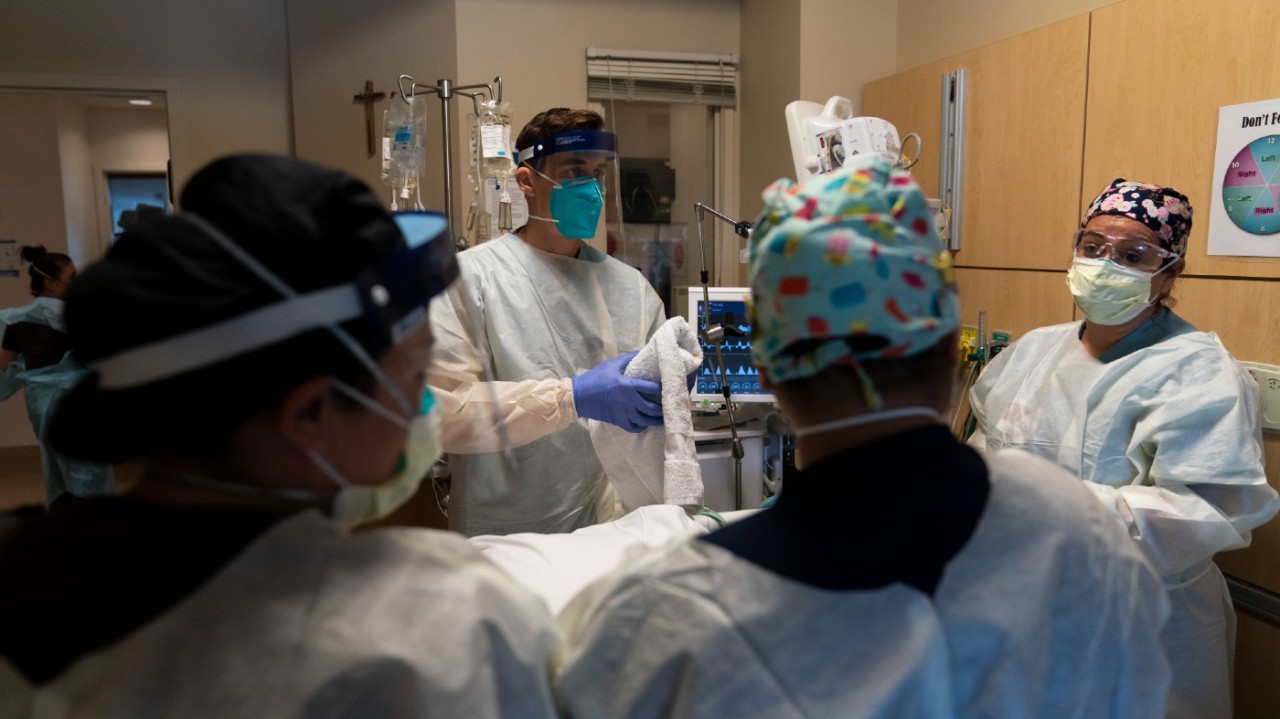[ad_1]
We firstly counted the number of indoor CO poisoning events and related cases, and then estimated the incidence and mortality rate in Jinan from 2007 to 2021 overall and by year individually. Further, we described the spatial and temporal characteristics of CO poisoning. In terms of space, we compared the difference between urban and rural districts by drawing map. In terms of time, we respectively described the prone time of CO poisoning in yearly, monthly, and hourly distribution. Finally, we explored the individual risk to CO exposure-disease-death relationship and performed trend fitting. The method steps and details as following description:
Study participants
The study was approved by the Ethics Committees of the School of Public Health, Shandong University (the identification code was LL20220922) and informed consent was obtained from all participants and/or their legal guardians. The study complied with the Declaration of Helsinki.
Background information of Jinan
Jinan is located at 36.40° N latitude and 110.00° E longitude and comprises a total of 8,177.21 km2. It is divided into ten administrative districts including five urban area districts of Lixia, Shizhong, Huaiyin, Tianqiao, Licheng and five rural area districts of Changqing, Zhangqiu, Jiyang, Pingyin and Shanghai15. It has a temperate monsoon climate with unevenly distributed seasons and the winter time lasting for nearly 150 days (from November to the next March)16. The minimum temperature in winter is often below −10 °C and the extreme weather such as cold waves, snowstorm occasionally occurred in January and December. According to Jinan Urban Central Heating Management Regulations17urban region were provided central-heating services from March 15 to November 15 (121 days every year), while in rural and urban–rural joint areas, coal heating is often used due to substandard facilities, which greatly increases the risk of CO poisoning.
Data collecting
Daily meteorological data during 2007 to 2021 were supplied by China Meteorological Data Sharing Service System network18including daily mean temperature, daily maximum temperature and daily minimum temperature.
The daily non-occupational CO poisoning event profiles in Jinan from 2007 to 2021 were obtained from China Public Health Emergency Information System19,20. The system running based on the 91 notifiable reporting hospitals and integrated outbreak/event profiles on infectious disease, food-borne disease, water-borne disease, occupational poisoning, environmental emergencies (indoor and outdoor air pollution), and other unknown public health events. Non-occupational CO poisoning event was involved in the indoor environmental emergencies. We collected CO poisoning cases viables include illness onset date (hospital visiting time), poisoning location and place, poisoning reason, CO exposure population, and poisoning severity.
The main causes of non-occupational CO poisoning in Jinan include household coal heating, gas leakage in catering, suicide and others (caused by other events). From 2007 to 2021, CO poisoning caused by household coal heating accounted for 81%, which was the main reason of CO poisoning. Therefore, spatiotemporal characteristics and incidence trend of household coal heating were analyzed in this study.
Analysis of epidemiological characteristics
Using descriptive epidemiological methods to analyze the temporal, spatial and population characteristics of CO poisoning caused by household coal heating. Exposure rate, incidence density (cases) and mortality rate were measured using the following formula:
$$\mathrm{Exposure\, Rate }= \frac{\mathrm{Number \,of \,CO \,Exposed \,Individuals}}{\mathrm{ Annual \,Population }\,\times \,\mathrm{ Time \,}(\mathrm{years})}\,\times\, \mathrm{100,000}$$
(units: per 100,000 person-years).
$$\mathrm{Incidence \,Density }= \frac{\mathrm{Number \,of \,CO \,Poisoning\, Cases}}{\mathrm{Annual\, Population\, }\times \,\mathrm{ Time \,}(\mathrm{years})}\,\times \,\mathrm{100,000}$$
(units: per 100,000 person-years).
$$\mathrm{Mortality\, Rate }= \frac{\mathrm{Number \,of \,CO \,Poisoning \,Deaths}}{\mathrm{Annual \,Population }\,\times\, \mathrm{ Time\, }(\mathrm{years})}\,\times \,\mathrm{100,000}$$
(units: per 100,000 person-years).
Statistical analysis
We established an Excel database and used descriptive epidemiological methods to analyze the data. The spatial analysis was performed by RStudio version 3.5.1. The statistical analyses were performed by SPSS 21.0 (SPSS Inc., Chicago, IL, USA). Chi-Square test was used to compare rates, the statistical significance level was set at 0.05.
Ethics approval and consent to participate
This study was approved by the Ethics Committees of the School of Public Health, Shandong University (the identification code was LL20220922) and informed consent was obtained from all participants and/or their legal guardians. The study complied with the Declaration of Helsinki.
[ad_2]
Source link



